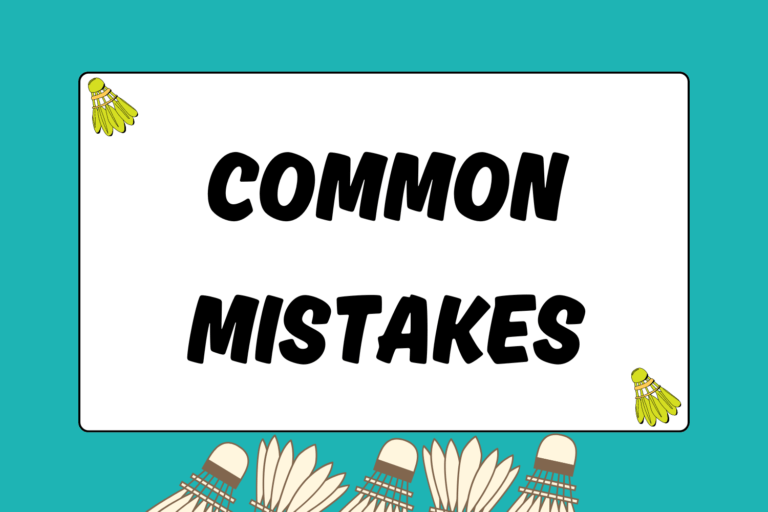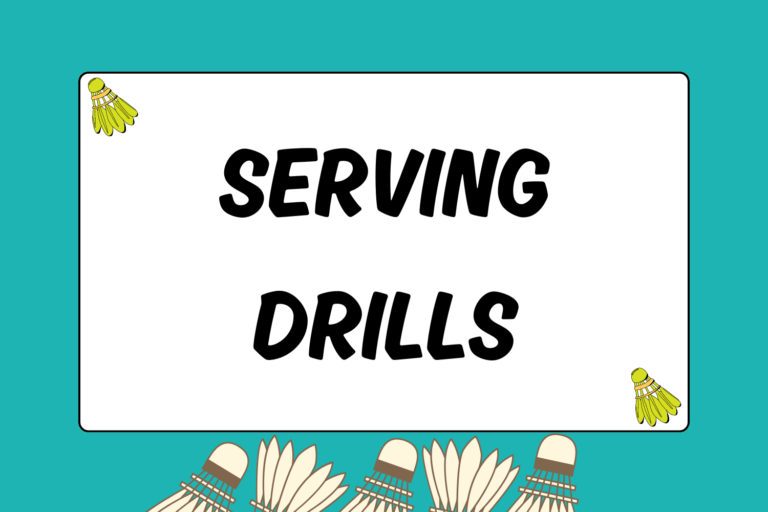Keeping score in badminton is overlooked more frequently than it should be. Players often mix up the scores or falsely assume that the score is known by both teams.
To avoid confusion, this guide will teach you some tricks and etiquette when it comes to keeping score.
Match & Game Format
Each badminton match is set up in a best-of-three-games format. Each game is played to 21 points and requires at least a two-point margin of victory. If a team reaches 21 points with only a one-point advantage, then the game continues until one team either gains a two-point lead or reaches 30 points.
After each game, teams switch sides with their opponents. If a match should go to a third game, teams will change sides an additional time halfway through, though, when one team reaches 11 points.
Scoring Rules
Badminton uses a rally-scoring format, where a point is awarded each time a team wins a rally. This style of scoring disregards which team is serving when awarding the point. In addition, service is also awarded to the team that wins the rally.
Service Rules
To begin a game, start by hitting the shuttle into the air. Whichever side the shuttle’s head points towards is the team that gets to choose a particular side or service.
Although singles and doubles abide by the same fundamental rules of service, each has its own nuances.
Serving Etiquette
As the server, you have a responsibility to maintain certain etiquette during a match. These are not definitive rules, but general things expected of you as the server:
- Retrieve the shuttle: As a general courtesy, get the shuttle at the end of each rally whether you’re serving or not. If everyone has this mentality, the game will go a lot smoother.
- Call out the score: First, call out your score, then your opponent’s score. For example, if you have 13 points and your opponent has 11, call out: “13-11.” Not only does this verify the score, but it also works as a signal that you are ready to serve.
- Check that your opponent is ready: To avoid awkward situations, always check to see if your opponent is ready to receive service. Your opponent should assume a ready stance or make eye contact to indicate readiness. Never be too focused on your own serve to ignore your opponent.
- Thank your opponent: While the opponents should return the shuttle to you, they certainly don’t need to. Be sure to thank your opponents whenever they retrieve the shuttle for you.
Keeping Score
As previously mentioned, badminton uses a rally-scoring format. This means that a point is awarded to the winning side of each rally. As such, you should be constantly aware of the score.
Fortunately, this isn’t a particularly difficult task to learn. Below are some general tips to help you remember the score:
- Point for every rally: The winning side of a rally is always awarded a point, regardless of which team served.
- Even and odd: When your team’s score is even, the server serves from the right. By the same logic, when your team’s score is odd, the server serves from the left.
- Remember who served last: If your team has just gained control of service, you may be confused as to what the score is. If you remember the last person to serve on your team, then you’ll know the other partner should be serving now. Figuring this out will inform you if your team’s score is odd or even. From there your memory should serve you well enough to know what your score is.
Remembering Rallies
Coaches will often say that you shouldn’t dwell on past rallies so you can focus on the rally at hand. Although there is some value in that ideal, it is also important to remember your rallies for a couple of reasons. You should never dwell on rallies, but being able to recall them will help you learn from your mistakes. As long as they aren’t a distraction, past rallies can provide huge insight into how you can play better against your opponent.
The second reason ties into your scorekeeping ability. Remembering rallies often allows you to remember the score by piecing together the last few rallies. This is a subtle skill that can be difficult and distracting to practice. However, the ability to subconsciously record rallies in your mind is an absolutely invaluable asset.
Calling For a Score Judge
Arguments over the score can arise, especially during badminton tournaments. Although you may be absolutely impeccable in your scorekeeping, there still may be a discrepancy between your score and your opponent’s. For this reason, it is critical to call out the score after every rally to ensure both teams are on the same page.
Regardless, score disputes are inevitable. As such, whenever there is an issue you and your opponent cannot resolve, don’t hesitate to call for a score judge.
Have Good Habits
Keeping score in badminton is more of a habit than a skill. Once you get the hang of keeping score, it’ll become easy and automatic.
However, it’s not just a matter of keeping track of the score, but how you keep track of the score. Putting all of these tips and etiquette into practice is a great way to safeguard against sticky situations with score mix-ups. In the end, having good habits will ensure you have a great time on the badminton court.





